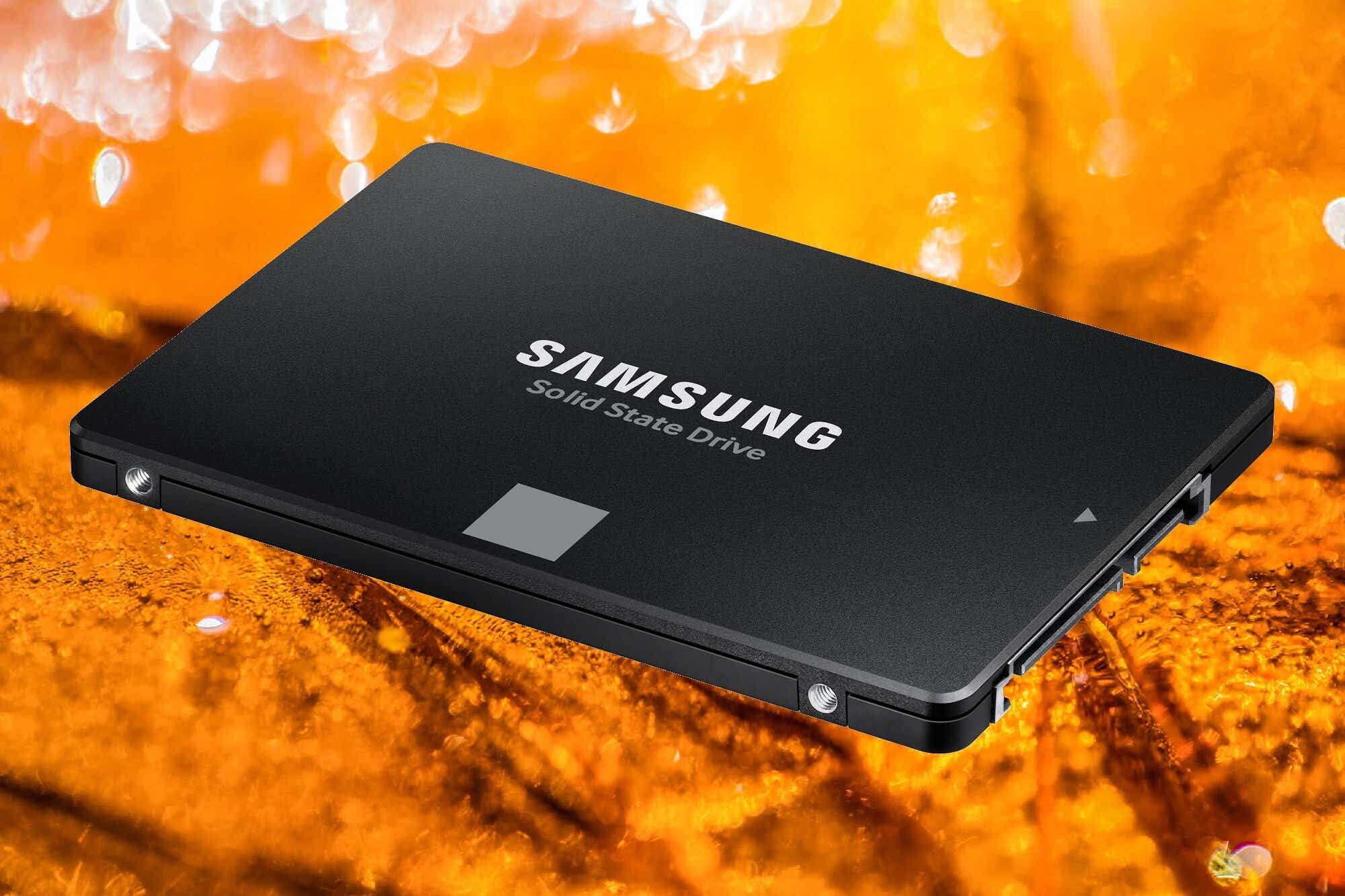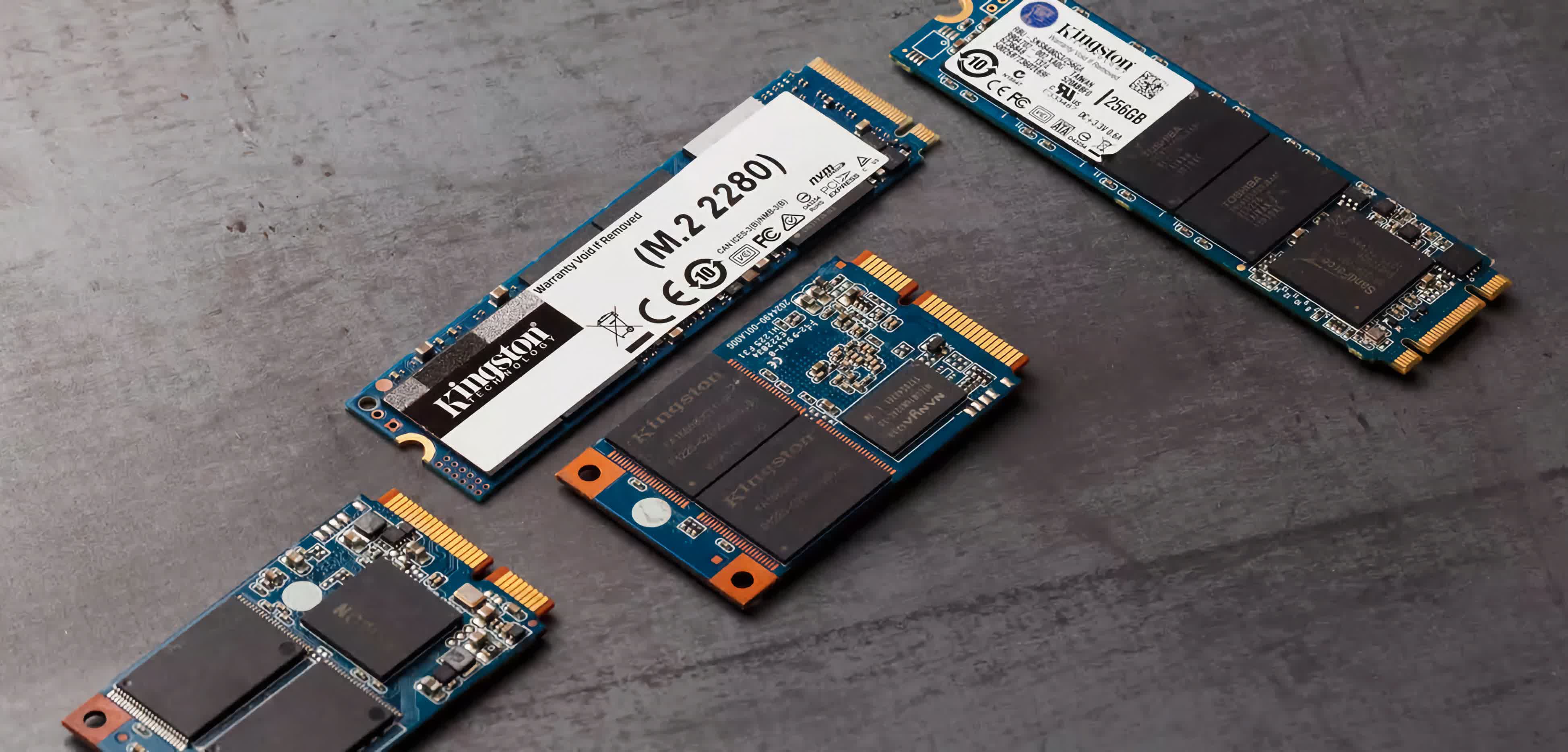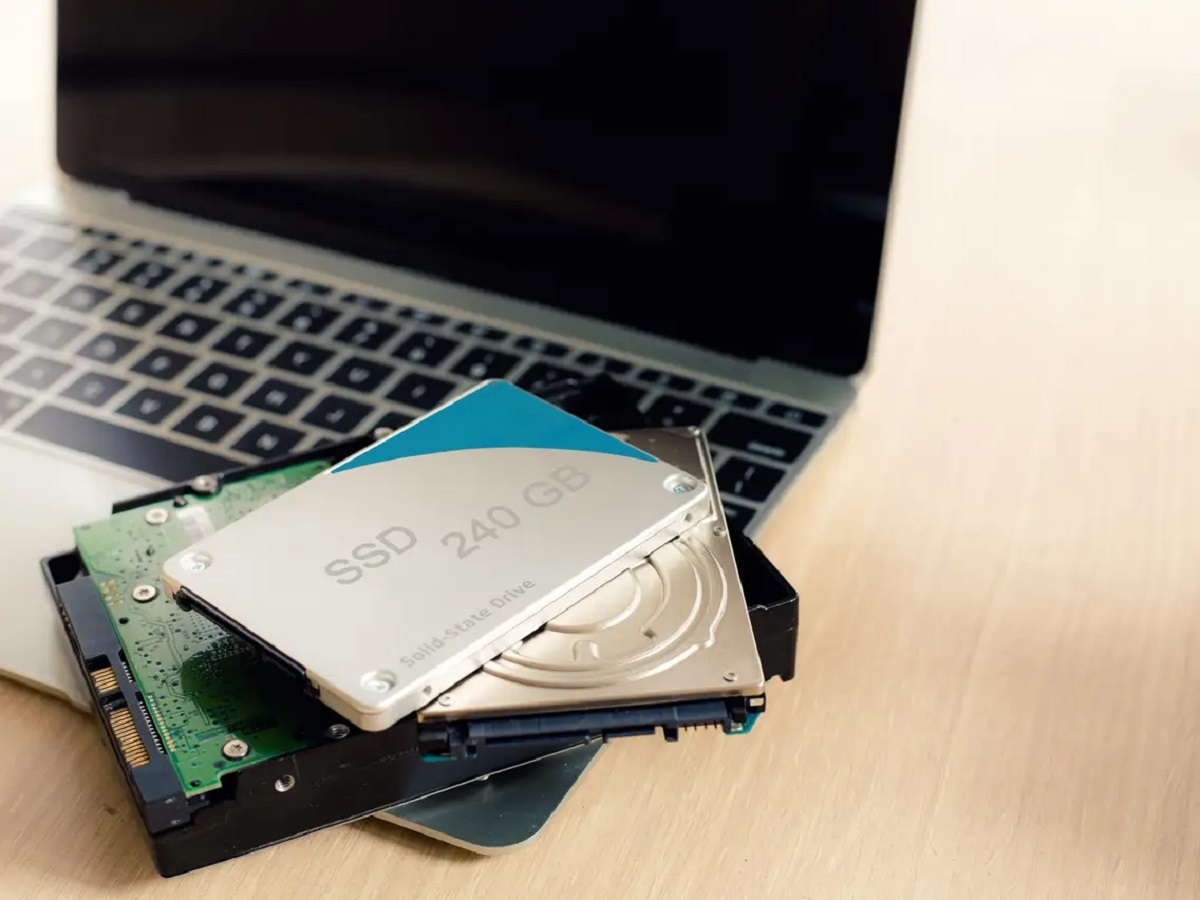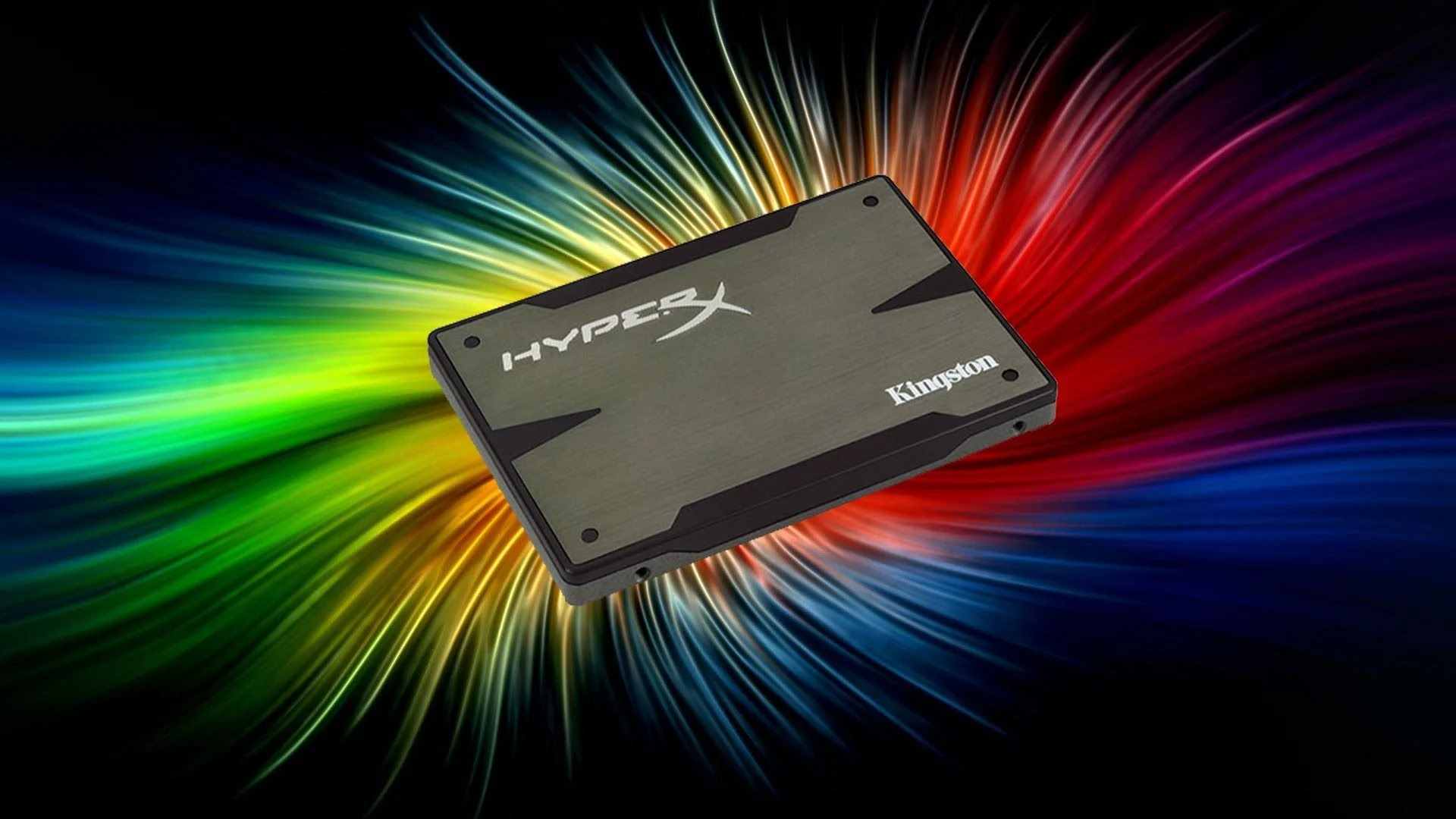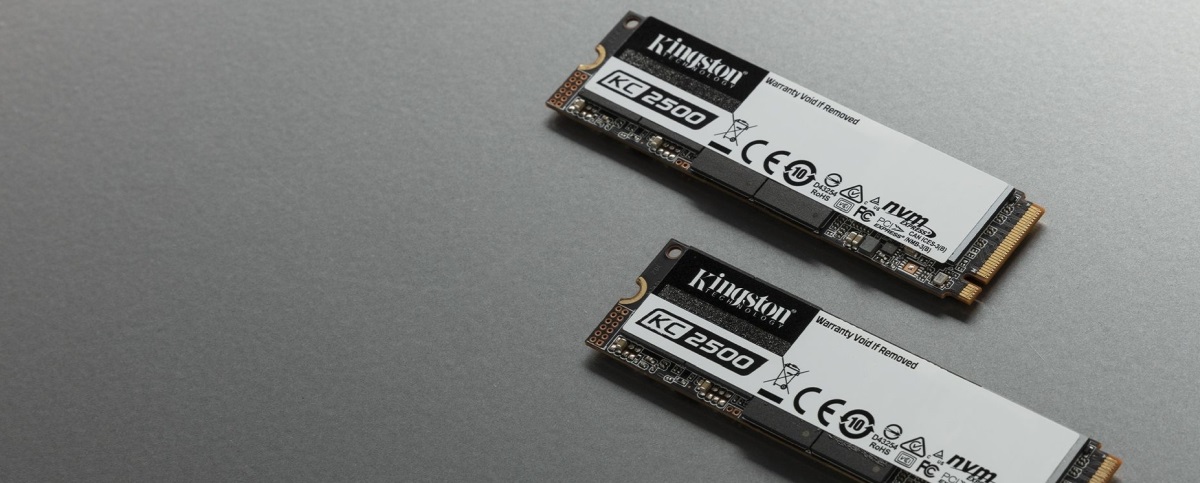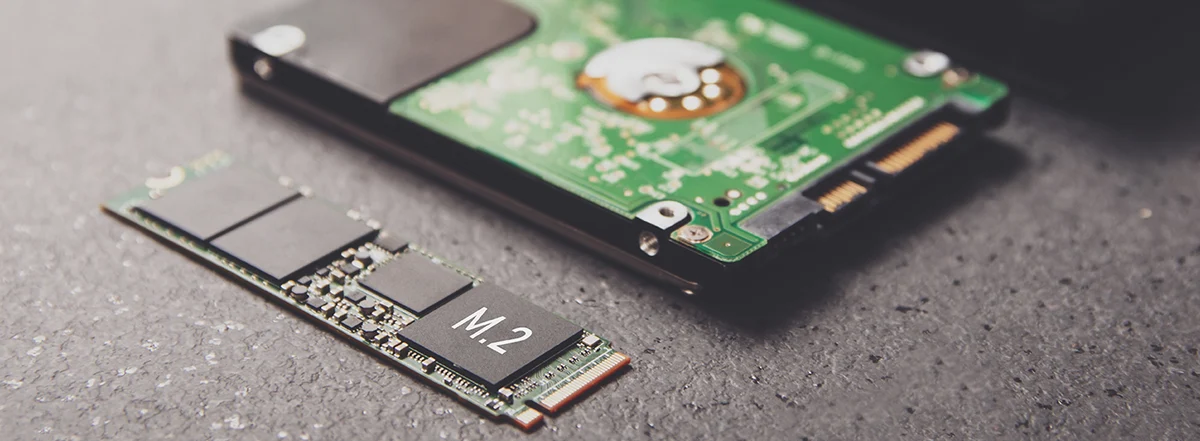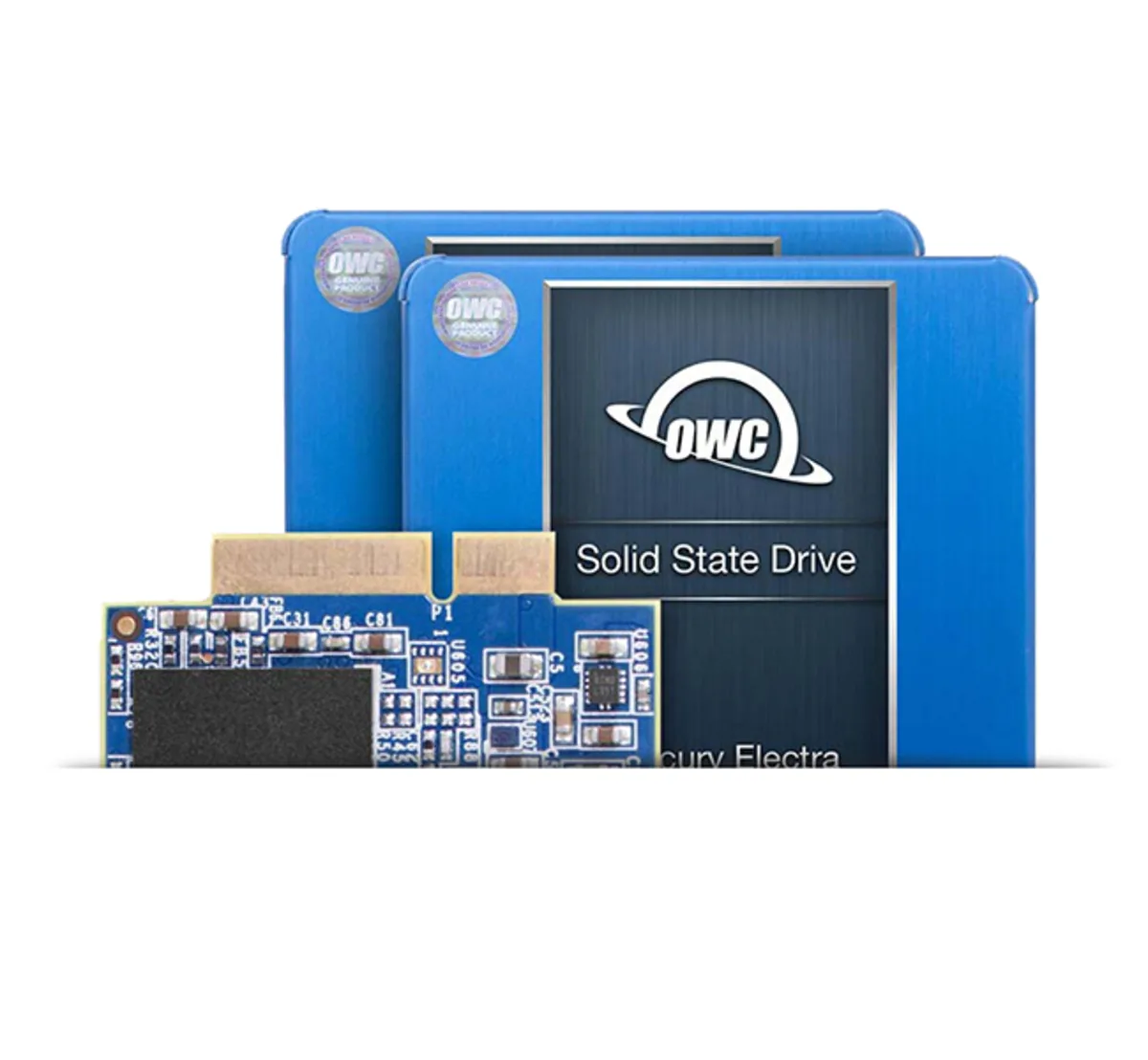Introduction
Are you tired of slow boot times and sluggish performance on your computer? If so, it might be time to consider using a solid-state drive (SSD) for your operating system. In this article, we will explore what SSDs are, why using an SSD for your OS can be beneficial, and provide a step-by-step guide on how to set it up.
A solid-state drive, or SSD, is a type of storage device that uses flash memory to store data, as opposed to traditional hard disk drives (HDD) that use spinning disks. SSDs are known for their high-speed performance, reliability, and durability. They offer faster read and write speeds, resulting in faster boot times and overall system responsiveness.
Using an SSD exclusively for your operating system can bring a host of benefits. By separating the OS from other files and programs, you can improve the overall performance and efficiency of your computer. With faster boot times and quicker application launches, you can save precious time and increase productivity.
Additionally, SSDs have no moving parts, which makes them more resistant to shock and vibration compared to HDDs. This means your data will be better protected, reducing the risk of data loss or corruption. SSDs also consume less power, resulting in improved energy efficiency and longer battery life for laptops.
It is important to consider a few factors before deciding to use an SSD for your OS only. First, you need to ensure that your computer’s hardware is compatible with an SSD. Check the manufacturer’s specifications or consult with a professional to confirm compatibility.
Next, it is crucial to assess the capacity and cost of the SSD. SSDs tend to have smaller storage capacities compared to HDDs, and they can be more expensive, especially for larger capacities. Therefore, it is essential to determine the appropriate capacity that meets your OS requirements and fits within your budget.
Finally, backing up your data is crucial before migrating your operating system to an SSD. Ensure that you have a complete backup of all important files and documents to prevent any potential data loss during the migration process.
Now that we have covered the basics, let’s dive into the step-by-step guide on how to use an SSD for your operating system. With carefully executed instructions, you can experience the improved speed and performance that an SSD can offer.
What is SSD?
A solid-state drive (SSD) is a type of storage device that has gained popularity in recent years due to its fast performance and reliability. Unlike traditional hard disk drives (HDD), SSDs do not have any moving parts. Instead, they use flash memory technology to store and retrieve data. This difference in structure and technology gives SSDs a distinct advantage over HDDs in terms of speed and durability.
SSDs are made up of memory chips that store data using electrical signals. When you access data from an SSD, the electrical signals are sent to the memory chips, allowing for near-instantaneous retrieval of information. This results in faster boot times, quicker application launches, and improved overall system responsiveness.
Compared to HDDs, which rely on spinning disks and mechanical read/write heads, SSDs offer several benefits. One of the main advantages is their speed. The absence of moving parts allows SSDs to access data much faster and more efficiently. This means that tasks such as booting up your computer, opening programs, and accessing files can be done in a fraction of the time it takes with an HDD.
Another benefit of SSDs is their durability. Since there are no moving parts, SSDs are less prone to physical damage caused by drops or vibrations. This makes them a reliable option for portable devices such as laptops, where physical shocks are more likely to occur. Furthermore, SSDs can withstand extreme temperatures and operate at a wider range of conditions compared to HDDs.
Additionally, SSDs are known for their energy efficiency. They consume less power than HDDs, resulting in lower energy usage and longer battery life for laptops and other devices. This can be particularly beneficial if you are frequently on the go and rely on your device’s battery life.
Overall, SSDs offer a significant improvement in performance and reliability compared to traditional HDDs. Their speed, durability, and energy efficiency make them a preferred choice for many computer users, whether for personal or professional use. By understanding the advantages and capabilities of SSDs, you can make an informed decision when considering using one for your operating system.
Why Use SSD for OS Only?
When it comes to improving the performance and efficiency of your computer, using a solid-state drive (SSD) exclusively for your operating system (OS) can yield significant benefits. Here are a few reasons why using an SSD for your OS only is a smart choice:
1. Faster Boot Times: SSDs offer lightning-fast read and write speeds, allowing your computer to boot up in seconds rather than minutes. By installing your OS on an SSD, you can enjoy a seamless start-up experience and eliminate the frustrating waiting time.
2. Quicker Application Launches: With an SSD dedicated to your OS, programs and applications will load and run much faster. Tasks such as opening web browsers, launching productivity software, or accessing files will be significantly expedited, leading to improved workflow and productivity.
3. Enhanced System Responsiveness: SSDs excel in providing improved responsiveness and snappiness to your computer. Whether you’re navigating through menus, switching between applications, or multitasking, an SSD can handle these operations with ease, reducing lag and providing a smoother user experience.
4. Minimized File Fragmentation: Fragmentation is a common issue with traditional hard drives that can slow down performance over time. Since SSDs have no moving parts, they are not susceptible to file fragmentation. As a result, you can maintain consistent performance without the need for defragmentation processes.
5. Reduced Risk of Data Loss: By using an SSD solely for your OS, you decrease the risk of data loss or corruption. Separating your OS from other files and programs means that any potential issues or errors are less likely to affect your system files, ensuring the integrity and stability of your operating system.
6. Longer Hardware Lifespan: Since SSDs do not have moving parts, they tend to be more resistant to physical wear and tear. This can lead to a longer lifespan for your hardware, reducing the need for frequent upgrades and replacements.
7. Lower Power Consumption: SSDs are known for their energy efficiency. By utilizing an SSD for your OS, you can reduce power consumption, leading to longer battery life for laptops and lower energy costs for desktop computers.
8. Enhanced Gaming Experience: If you’re a gamer, using an SSD for your OS can significantly improve your gaming experience. Faster load times for games and reduced stuttering can provide a smoother and more enjoyable playing experience.
By using an SSD exclusively for your operating system, you unlock the full potential of this advanced storage technology. The combination of faster boot times, increased application performance, minimized data loss risks, and improved overall system responsiveness makes it a worthwhile investment for any computer user.
Benefits of Using SSD for OS Only
Using a solid-state drive (SSD) exclusively for your operating system (OS) can bring several advantages to your computer’s performance and overall user experience. Let’s explore the key benefits of using an SSD for your OS only:
1. Speed and Performance: SSDs deliver significantly faster boot times and application launches compared to traditional hard disk drives (HDDs). By installing your OS on an SSD, you can experience near-instantaneous startup and seamless operation, resulting in a more efficient and responsive computing experience.
2. Improved System Responsiveness: SSDs excel in providing quick and snappy responses to user actions. Whether you’re navigating menus, searching files, or multitasking, an SSD can handle these tasks with ease, reducing lag and improving overall system responsiveness.
3. Enhanced Productivity: With an SSD dedicated to your operating system, you can work more efficiently. Reduced waiting times for applications and files allow you to accomplish tasks faster, leading to increased productivity and improved workflow.
4. Reduced Data Loss Risks: By using an SSD solely for your OS, you minimize the risks of data loss or corruption. Separating the OS from other files and programs means that any issues or errors with those files are less likely to affect your system files, ensuring the stability and integrity of your operating system.
5. Longer Lifespan: SSDs have no moving parts, making them more durable and resistant to physical wear and tear compared to HDDs. This can lead to a longer lifespan for your hardware, reducing the need for frequent replacements and upgrades.
6. Improved Power Efficiency: SSDs consume less power than HDDs, resulting in lower energy usage and longer battery life for laptops. This energy efficiency not only benefits portable devices but also contributes to lower energy costs for desktop computers.
7. Streamlined Maintenance: SSDs do not require defragmentation, a process often needed for HDDs to optimize performance. This means less time spent on maintenance tasks, allowing you to focus on using your computer rather than managing its storage.
8. Enhanced Gaming Experience: Gamers can benefit greatly from using an SSD for their OS. The faster loading times for games and reduced stuttering can provide a smoother and more immersive gaming experience.
By utilizing an SSD for your operating system, you unlock the full potential of this advanced storage technology. From improved speed and performance to reduced data loss risks and longer hardware lifespan, the benefits of using an SSD dedicated to your OS only are numerous, making it a worthwhile investment for any computer user seeking optimal performance.
Things to Consider Before Using SSD for OS Only
Before you decide to use a solid-state drive (SSD) exclusively for your operating system (OS), there are several factors to consider. Taking these aspects into account will ensure a successful and smooth transition to using an SSD for your OS only. Here are the key things to consider:
1. Hardware Compatibility: Check the compatibility of your computer’s hardware with SSDs. Ensure that your motherboard supports SATA or NVMe connections and has available slots for the desired SSD. Consult the manufacturer’s specifications or seek professional advice to confirm compatibility.
2. Capacity and Budget: Determine the appropriate capacity for your SSD based on your OS requirements, software, and storage needs. SSDs tend to have smaller capacities compared to traditional hard disk drives (HDDs), so consider the space required for your OS and any essential applications. Also, keep in mind that SSDs can be more expensive, especially for larger capacities. Set a budget that aligns with your storage needs and financial considerations.
3. Data Backup: Before migrating your OS to an SSD, it is crucial to create a complete backup of all important files and documents. This ensures that in case of any unforeseen issues during the migration process, you have a copy of your data to prevent any potential loss.
4. Migration Tools: Look for migration tools provided by the SSD manufacturer or utilize third-party software to simplify the OS transfer process. These tools clone your existing OS installation to the SSD and ensure that all files, settings, and programs are migrated smoothly to the new drive.
5. Operating System Reinstallation: In some cases, a clean installation of the operating system may be required when migrating to an SSD. This involves reinstalling the OS on the SSD and manually reinstalling all applications and transferring necessary files. Prepare the installation media and have your software licenses ready, ensuring a smooth installation process.
6. Software Optimization: Alongside the OS migration, optimize your operating system and software settings to maximize the benefits of using an SSD. Enable TRIM support, which helps maintain optimal SSD performance, and adjust power settings to take advantage of the SSD’s energy efficiency.
7. Storage Management: SSDs have limited write endurance compared to HDDs. While modern SSDs have significantly improved endurance, it is still essential to manage storage wisely. Avoid unnecessary write operations, such as excessive temporary file creation or constant downloading and deleting of large files.
8. Future Upgrades: Consider your future upgrade options when selecting an SSD for your OS. Ensure that your chosen SSD meets your current needs and allows for future expansion if required. This will help prolong the lifespan of your system and provide flexibility for potential upgrades.
By carefully considering these factors, you can ensure a smooth transition to using an SSD for your OS only. Assessing compatibility, capacity, budget, and backup needs, as well as utilizing migration tools and optimizing software settings, will help you make the most of the performance benefits an SSD offers.
Step-by-Step Guide to Using SSD for OS Only
If you’ve decided to use a solid-state drive (SSD) exclusively for your operating system (OS), follow this step-by-step guide to migrate your OS and set up your SSD:
Step 1: Backup Your Data: Before making any changes, ensure that you have a complete backup of all your important files and documents. This will safeguard your data in case of any unforeseen issues.
Step 2: Check Compatibility: Verify that your computer’s hardware is compatible with the SSD. Confirm that your motherboard has the necessary SATA or NVMe connections and available slots for the SSD installation.
Step 3: Select the Right SSD: Determine the appropriate SSD capacity based on your OS requirements and storage needs. Take into account the available space, budget, and performance specifications.
Step 4: Acquire Migration Software: Obtain migration software from the SSD manufacturer or utilize a trusted third-party tool. This software will help clone your existing OS installation to the SSD.
Step 5: Connect and Initialize the SSD: Power off your computer and connect the SSD to an available SATA or NVMe port inside your computer. Once connected, power on your computer and access the BIOS/UEFI settings. Ensure that the SSD is detected and initialize it if necessary.
Step 6: Run the Migration Software: Launch the migration software on your computer and follow the instructions provided. Select the source drive (your existing OS drive) and the destination drive (the newly connected SSD). Review the migration settings and start the cloning process.
Step 7: Verify the Cloning Process: Once the cloning process is complete, verify that all files, settings, and programs have been successfully migrated to the SSD. This can be done by booting from the newly cloned SSD and checking for any discrepancies or errors.
Step 8: Set the SSD as the Boot Drive: Access the BIOS/UEFI settings again and set the SSD as the primary boot drive. This ensures that your computer will boot from the SSD and utilize its improved performance.
Step 9: Verify OS and Software Functionality: Boot your computer from the SSD and ensure that the OS and all your installed software are functioning correctly. Test various applications and perform general tasks to verify the improved speed and performance.
Step 10: Final Data Transfer and Cleanup: If you had any remaining files or data on your old OS drive, transfer them to the newly installed SSD. Once all important data has been transferred, format the old OS drive and use it as additional storage or repurpose it as needed.
By following these steps, you can successfully set up and use an SSD for your operating system only. Enjoy the improved speed, responsiveness, and overall performance that an SSD brings to your computer.
Conclusion
Using a solid-state drive (SSD) exclusively for your operating system (OS) can significantly enhance the performance and efficiency of your computer. SSDs offer faster boot times, quicker application launches, and improved system responsiveness. By separating the OS from other files and programs, you minimize the risk of data loss and corruption, and prolong the lifespan of your hardware.
Before using an SSD for your OS only, it is important to consider factors such as hardware compatibility, capacity requirements, and budget constraints. Creating a complete backup of your data and utilizing migration tools will help facilitate a smooth transition to using an SSD.
Step-by-step, you can migrate your OS to the SSD and set it up as the primary boot drive. Verifying the successful cloning process and adjusting BIOS/UEFI settings ensure that your computer utilizes the full potential of the SSD’s improved speed and performance.
Once the SSD is in place, you can experience the benefits of using it exclusively for your OS. Faster boot times, increased application performance, reduced data loss risks, and longer hardware lifespan are among the advantages. Moreover, SSDs consume less power, leading to improved energy efficiency and longer battery life for laptops.
By carefully considering the factors discussed, following the step-by-step guide, and optimizing your software settings, you can harness the full power of an SSD for your operating system. Enjoy the seamless and speedy computing experience that an SSD brings, and maximize your productivity and enjoyment while using your computer.







